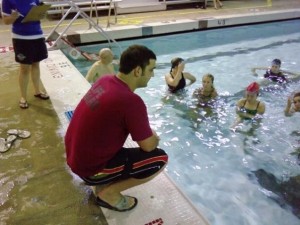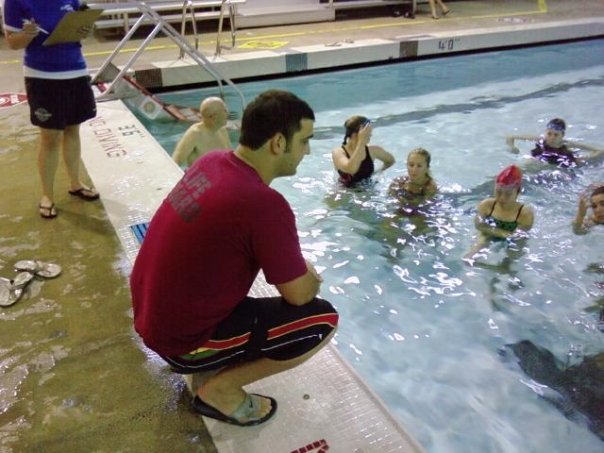Drowning is the fourth leading cause of accidental death in the United States. There is an estimated 9,000 casualties and 80,000 near drowning accidents yearly. Approximately 40% of the drowning accidents are accounted to children below 4 years of age. Therefore, first aid management of drowning victims is a life saving measure we should all learn and know. One way to learn how to help victims of recent drownings is to learn the latest CPR rescue techniques by taking a course near you (click here to find one).
Possible Causes of Drowning

Drowning is often associated with inability to swim, diving injuries, swimming while intoxicated with alcohol, hypothermia, and fatigue. For children, it can be linked to lack of parental supervision and innocent accidents.
First Aid Management of Drowning
Rescuing a victim of drowning can be extremely dangerous. Rescuers are taught to keep their distance as much as possible when learning life-saving techniques. The further you can stay away from a drowning victim while rescuing the better. Drowning rescuers is a frequent occurrence as victims will grab anything to stay afloat and the rescuer can be inadvertently drowned during the rescue. Use whatever floatation device available to throw, reach or help the victim grab.
Since drowning can result to hypoxemia, immediately begin mouth to mouth resuscitation. This should also be done cautiously, especially for patients you do not know.
- Have the patient lie down on his back.
- Place one hand on the forehead and another hand on the jaw. Hyperextend the neck to open the mouth. If the patient has a spinal injury, use jaw thrust maneuver to open the airway.
- Pinch the patient’s nose and give one big blow. Make sure that your mouth covers the patient’s mouth.
- Release the pinch and allow for chest recoil.
- Pinch the patient’s nose again and give another big blow.
Simultaneously, immediate cardiopulmonary resuscitation should be provided to drowning patients if cardiopulmonary arrest takes place.
- Let someone call for help from your local emergency number.
- If the patient has no pulse, start external cardiac compressions. Place the heel of one hand on the lower half of the sternum or nipple line and place the other hand on top of the first. Using your body weight, keep your elbows straight, give 30 compressions at a rate of 100 beats per minute in a 2 to 2.5 inches depth.
- Give another two big blow after 30 compressions. Do this until you are exhausted or the patient is revived.
Bring the patient immediately to the nearest health center for further care and management. Wrap the child with a warming blanket if the temperature is very low on the way to the hospital. If the patient is still not revived, continue CPR on the way to the hospital.
Reference:
Smeltzer, S., Bare B., Brunner and Suddarth’s Textbook of Medical-Surgical Nursing 10th Edition, 2008, Lippincott-Raven Publishers.

